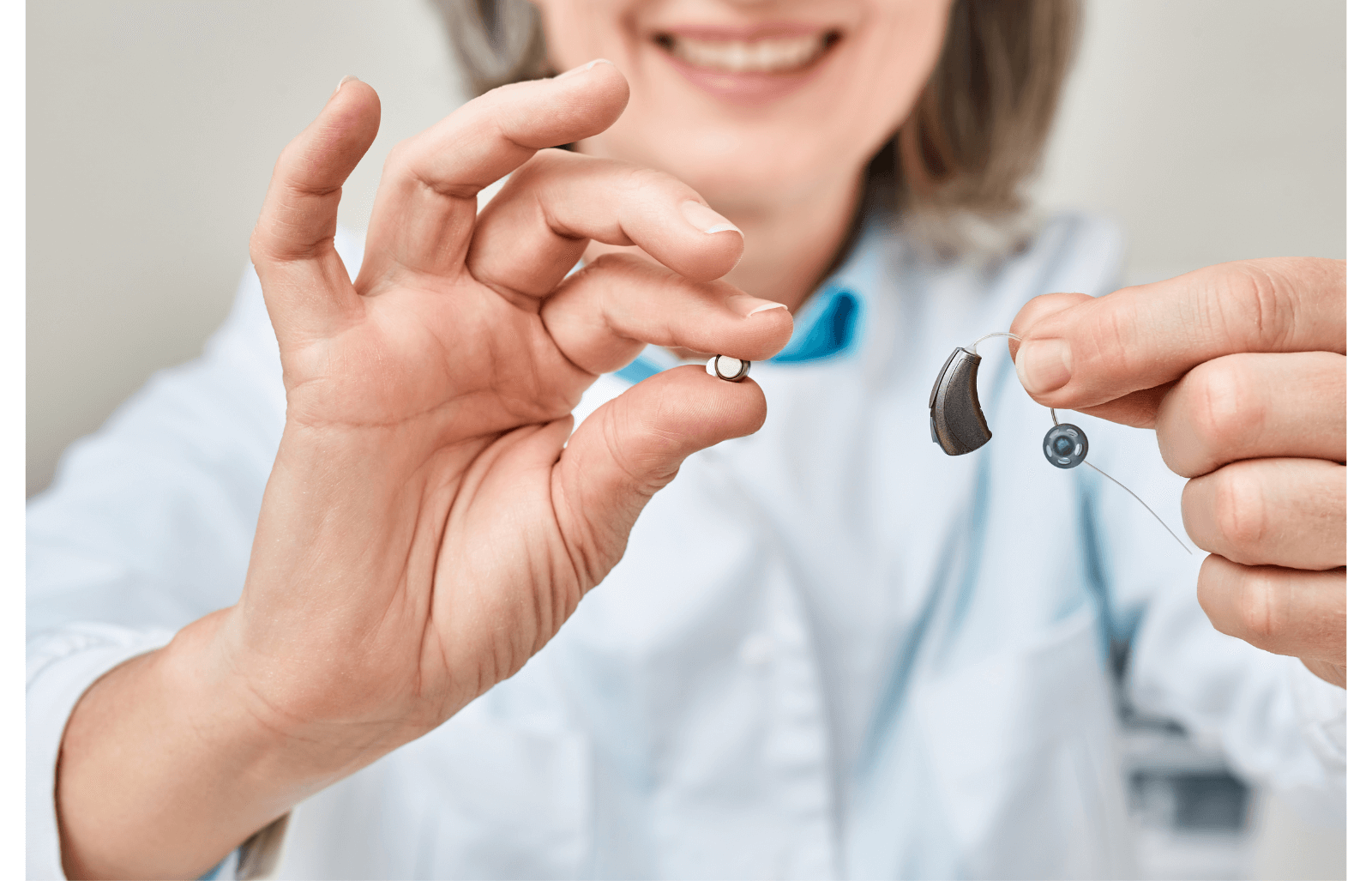
- Better Hearing Starts with One Test - June 6, 2025
- Common Fears About Hearing Tests - May 28, 2025
- Best Hearing Aids for Active Lifestyles - May 16, 2025
Hearing aids keep conversations clear, music-rich, and daily interactions smooth. However, their power source is a set of tiny batteries, which determine how long those benefits last. One moment, the sound is crisp, and the next, silence sets in, leaving an unexpected gap in communication.
Battery life varies, and understanding how long they last can prevent disruptions. Factors like battery type, hearing aid settings, and daily use all influence longevity. Knowing what to expect helps ensure consistent hearing support without interruptions.
Battery Types and Their Lifespan
Hearing aid batteries come in different sizes, each designed for specific devices. The most common sizes are 10, 13, 312, and 675, with smaller batteries typically lasting fewer days. Size 10 batteries last around three to seven days, while size 675 can power a hearing aid for up to three weeks.
Zinc-air batteries, the most widely used type, activate when exposed to air. After removing the tab, they start discharging energy, making storage conditions important. Keeping them in a cool, dry place extends their effectiveness before use.
Factors That Impact Battery Life
The length of time a battery lasts depends on daily hearing aid use. More hours of wear mean quicker depletion, especially if the device has advanced features like Bluetooth streaming. High-powered hearing aids also drain batteries faster than simpler models.
Environmental conditions play a role as well. Humidity can shorten battery life by causing corrosion, while cold temperatures slow the chemical reaction inside the battery. Proper storage and maintenance can prevent unnecessary drain and prolong usability.
How to Extend Battery Performance
Simple habits help maximize battery efficiency. Opening the battery door at night reduces the power drain and allows moisture to escape, preventing damage. Keeping the battery compartment clean also ensures proper contact and better performance.
Using a hearing aid dehumidifier can further protect batteries from excess moisture. Avoiding extreme temperatures and carrying spare batteries prevents unexpected outages. A little extra care goes a long way in maintaining consistent hearing support.
Signs That Batteries Need Replacement
A weak or distorted sound often signals a low battery. Some hearing aids provide a warning beep before the power runs out, giving time for a quick change. It may be time for a new battery if speech sounds muffled or volume fluctuations occur.
In some cases, a completely dead battery leads to sudden silence. Checking the battery with a tester can confirm whether it needs replacing. Keeping fresh batteries on hand ensures uninterrupted hearing at all times.
Rechargeable vs. Disposable Batteries
Rechargeable hearing aid batteries offer convenience and sustainability. They eliminate the need for frequent replacements and can last up to five years with proper care. Many modern hearing aids now have rechargeable options, reducing waste and long-term costs.
While requiring regular replacement, disposable zinc-air batteries remain a practical choice for many users. They provide reliable power and are widely available in stores and online. Choosing between the two depends on lifestyle, preference, and hearing aid compatibility.
Proper Storage for Longer Battery Life
Keeping batteries in their original packaging helps preserve their charge before use. Storing them away from metal objects, like keys or coins, prevents accidental short-circuiting. Avoiding humid areas, such as bathrooms, also helps maintain their effectiveness.
Letting a new battery sit for a minute after removing the tab improves performance. This brief waiting period allows air to fully activate the zinc, leading to a stronger and longer-lasting charge. Smart storage and handling ensure maximum efficiency when the battery is in use.
